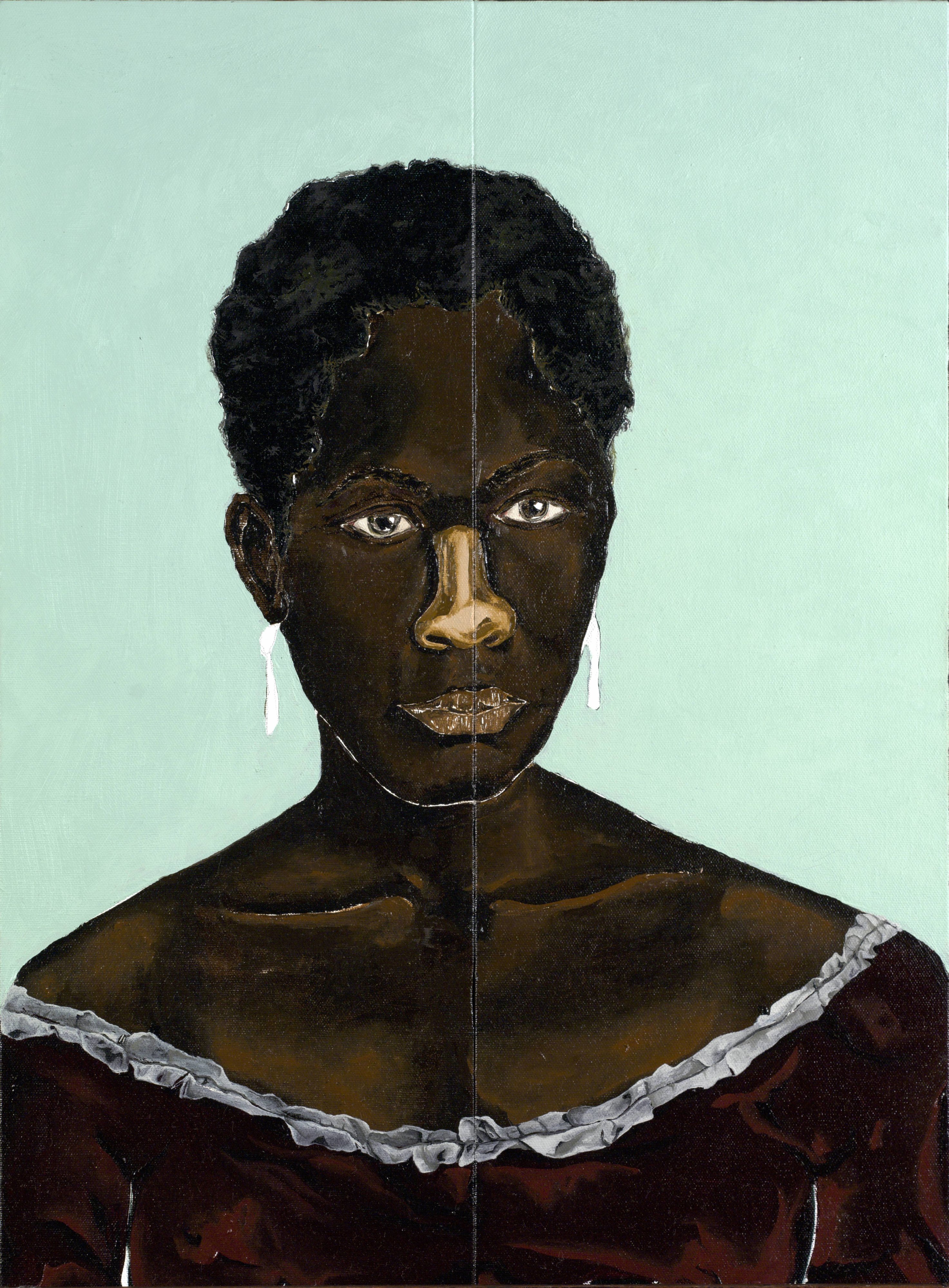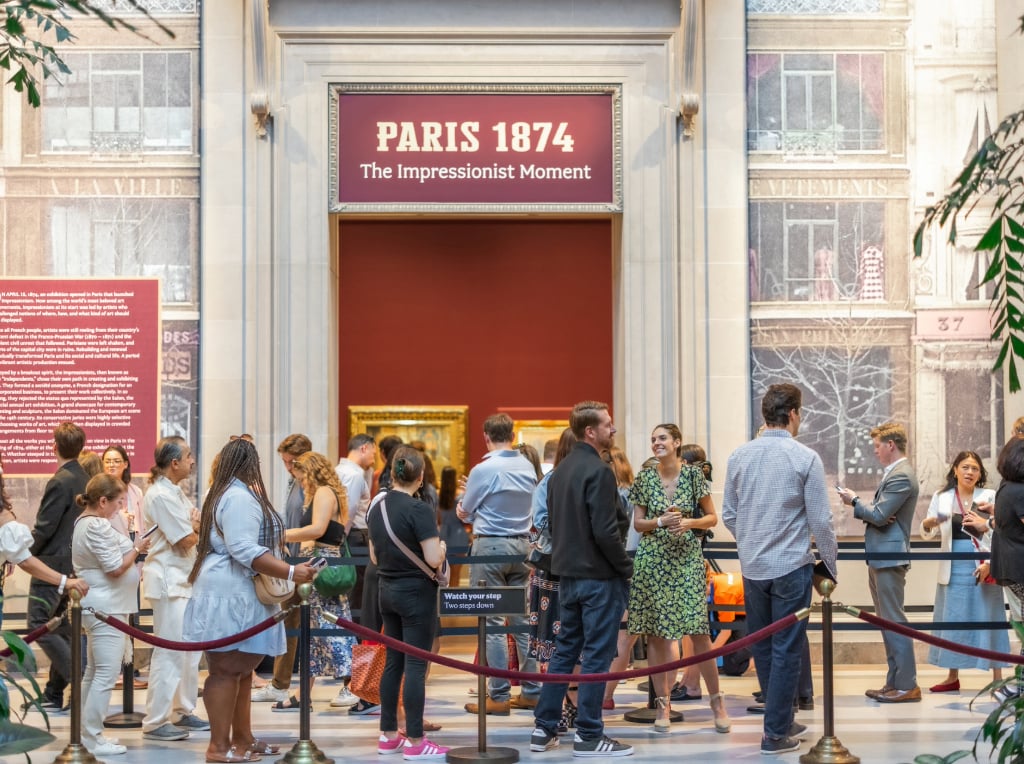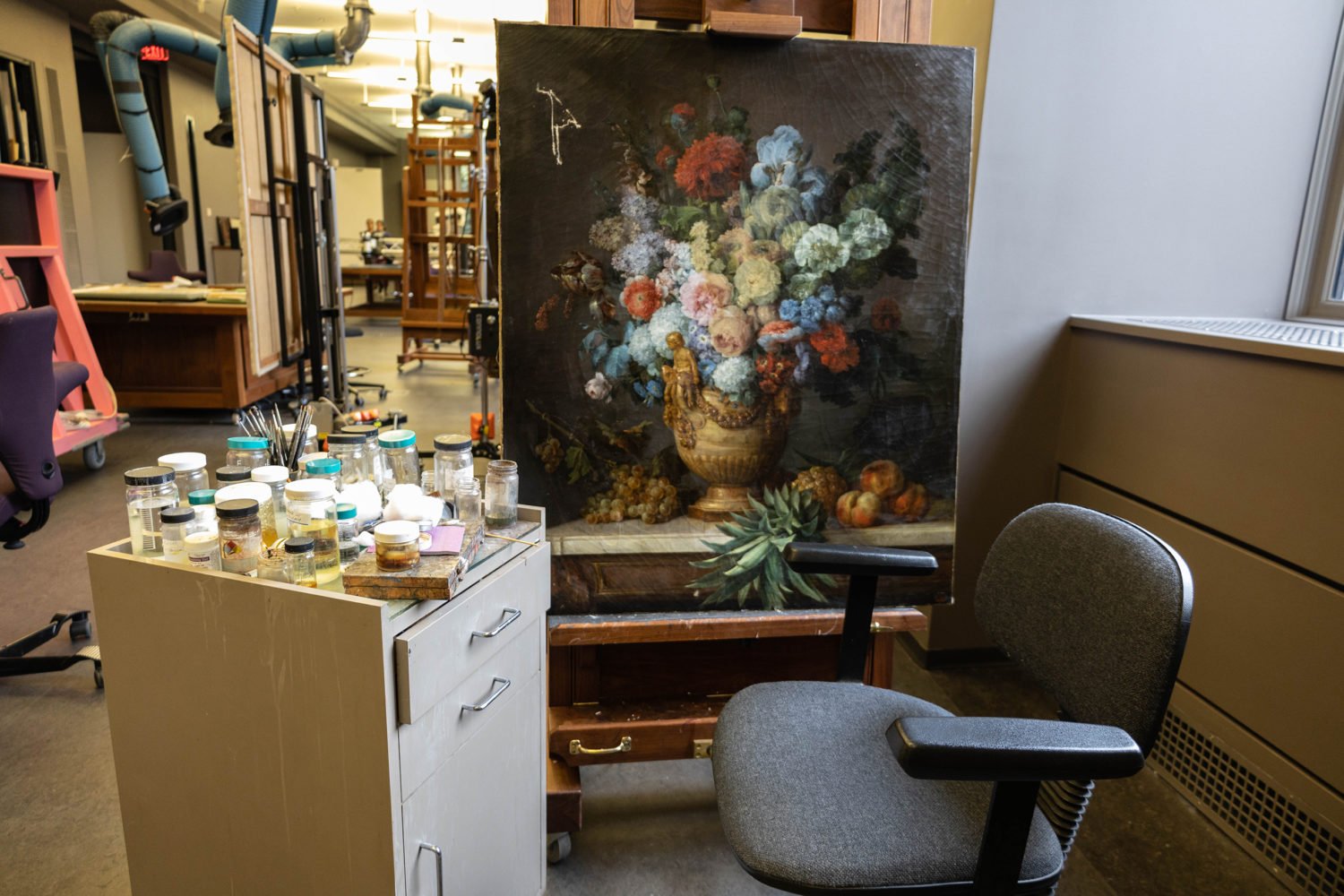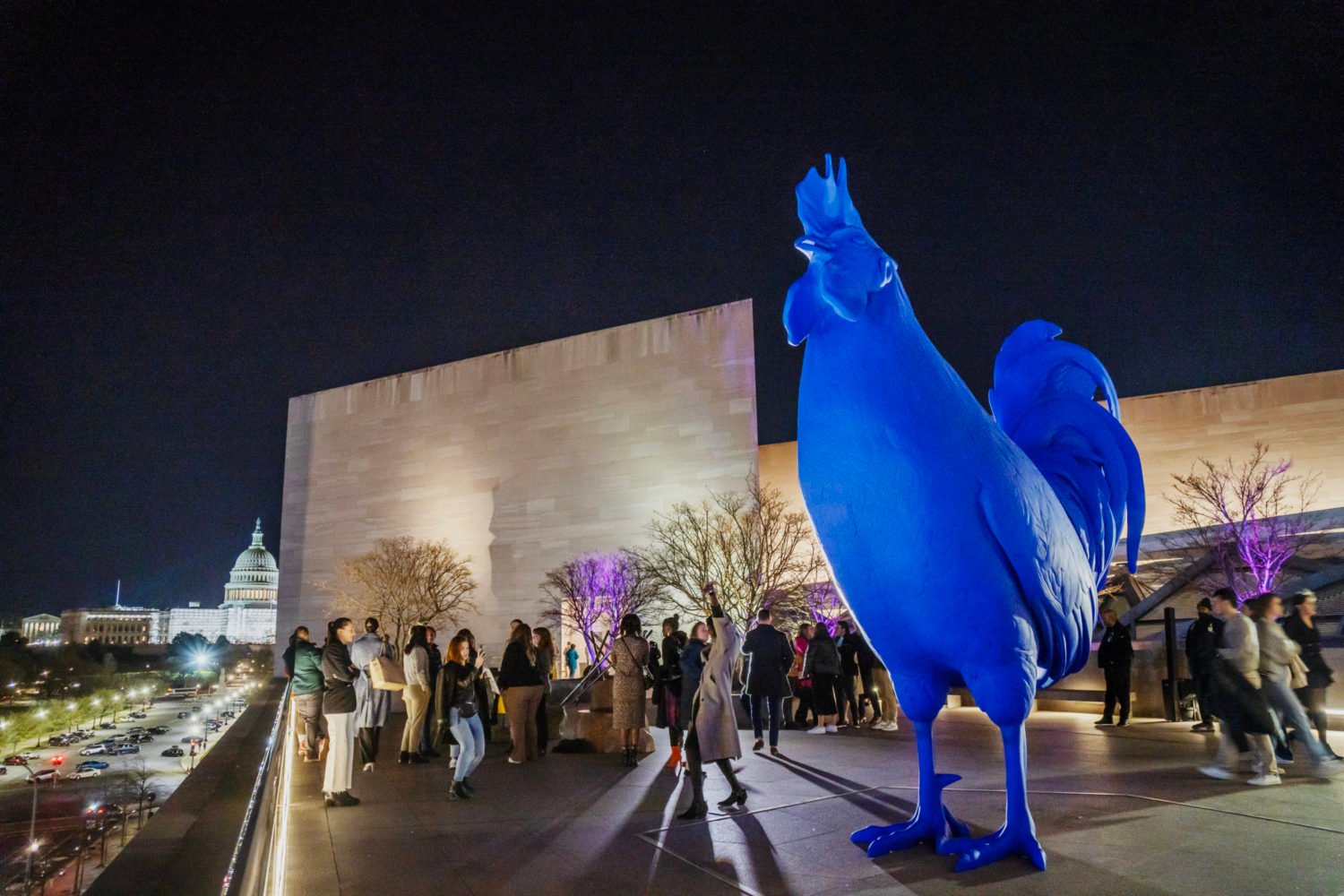The National Gallery of Art, which began life as a vast collection of Impressionist and other Europe-centric artists, has spent the last few years looking at ways to shift its approach and become a more diverse place that’s less constrained by the classics. A multimedia show set to open next year may be the most striking step yet.
Opening at the gallery on April 10, 2022, Afro-Atlantic Histories will depict the legacy of the transatlantic slave trade across the African diaspora. The exhibition first appeared in Brazil’s Museu de Arte de São Paulo. It features 130 paintings, sculptures, photographs, videos, and documents from artists representing 24 countries on both sides of the Atlantic. Works of art span 500 years, dating back to the onset of the transatlantic slave trade in the 1600s.
Rather than arranging the exhibition by chronology, geography, or artist, the pieces are grouped into six themes: Maps and Margins, Enslavements and Emancipations, Everyday Lives, Rites and Rhythms, Portraits, and Resistances and Activism. The concept-oriented design is intended to create a visual discussion between images across history and perspectives, challenging the idea of a singular narrative that defines the African diaspora.
It’s a departure from older museum tradition—rather than focusing on a single artist or school, Afro-Atlantic Histories contrasts a variety of viewpoints across genre, time, and geography, with creators like French painter Jean-Baptiste Debret, Ghanaian installation artist Ibrahim Mahama, and American silhouette artist Kara Walker.
“We’re really putting all these different voices in conversation—transhistorical, transnational conversations—to create this dialogue,” says Kanitra Fletcher, who in January became the gallery’s first-ever curator of African American and Afro-Diasporic art.

Even the location of the display in the museum’s West Building is intended to rethink conventions. In the past, the West Building, which houses the gallery’s European paintings and sculpture, has housed the more traditional visiting shows, while many of the edgier ones have been in the modernist East wing. Putting this show in the same building as original benefactor Paul Mellon’s Monets and Seurats is intended to send a message.
“It’s creating space for the presence of Black and African people and how they have been integral to the development of so-called Western civilization,” says Fletcher.
In addition to the exhibition, NGA is organizing a slate of lectures, performances and digital programs to accompany the artistic display. Afro-Atlantic Histories will be open from April 10, 2022 until July 17, 2022.


















